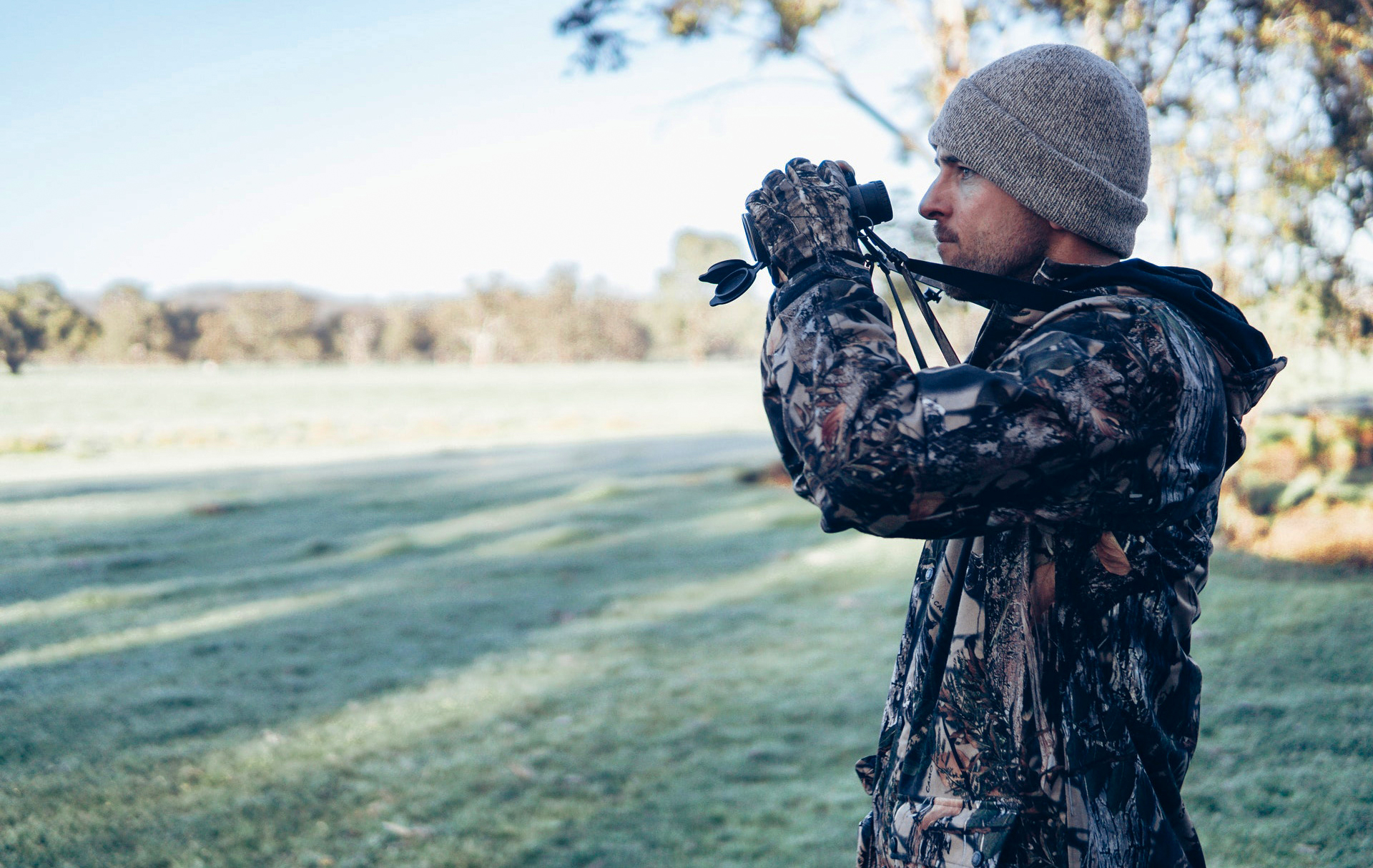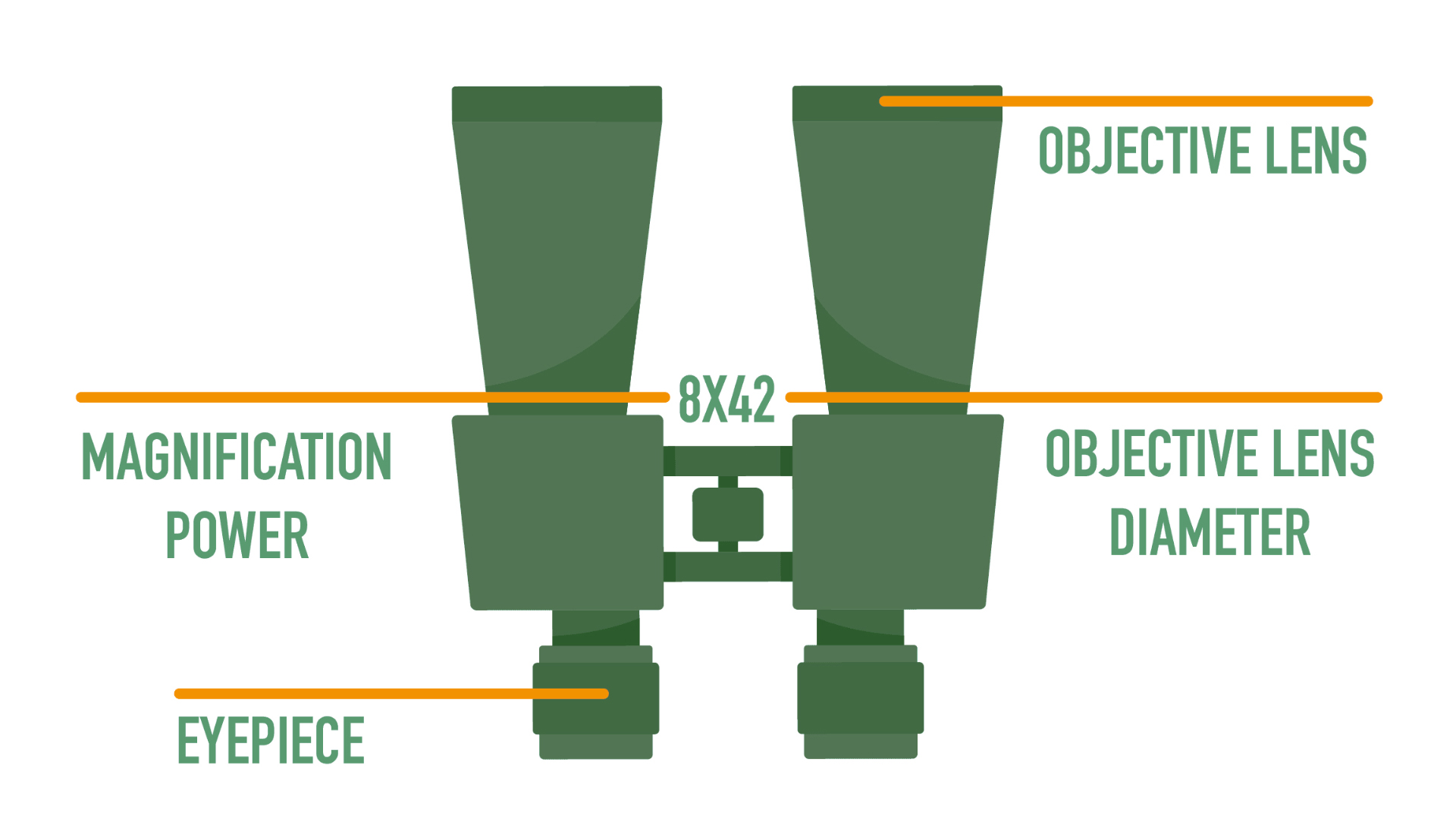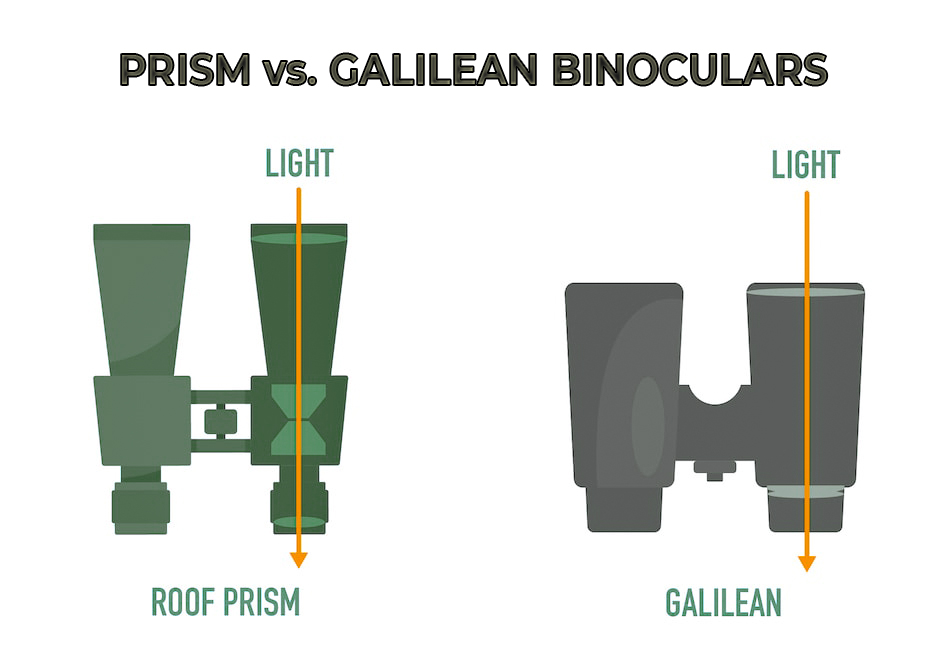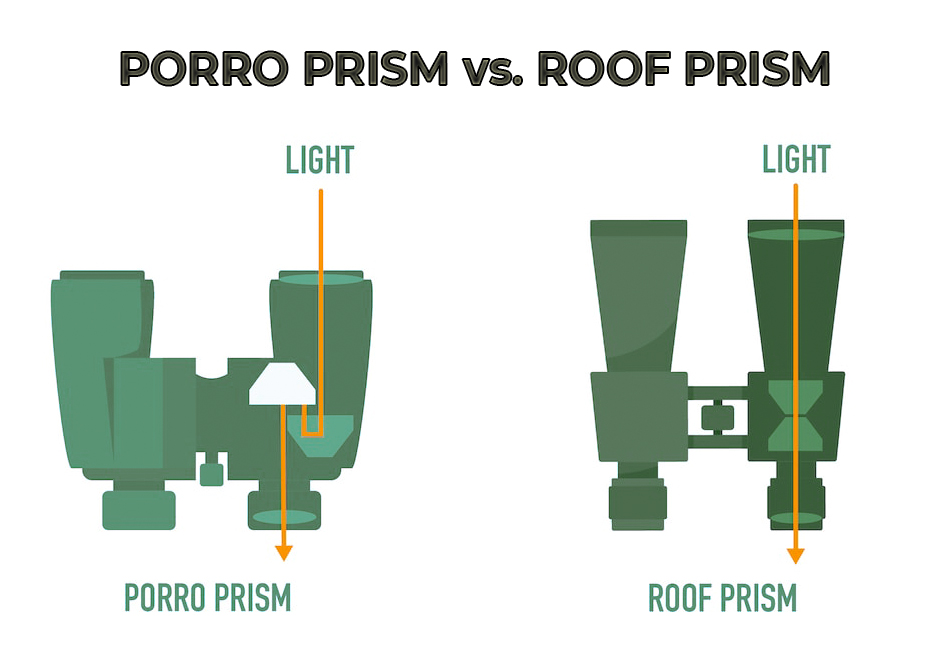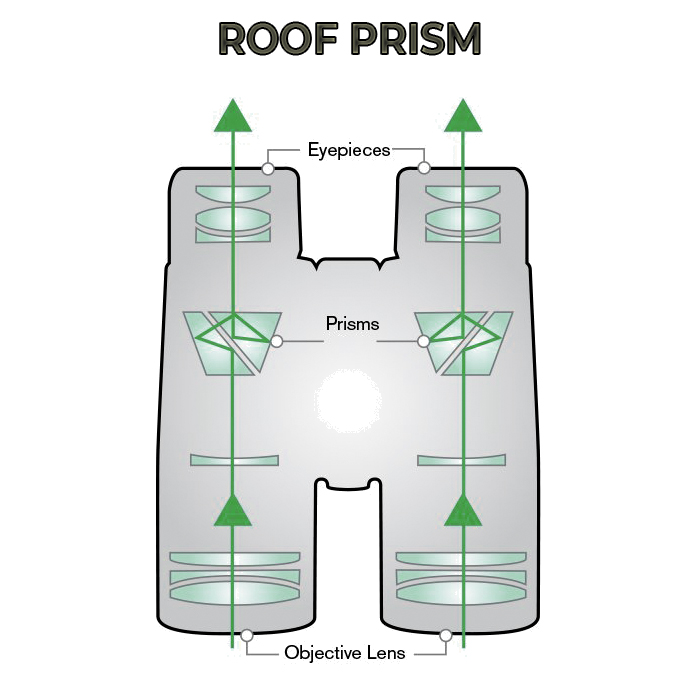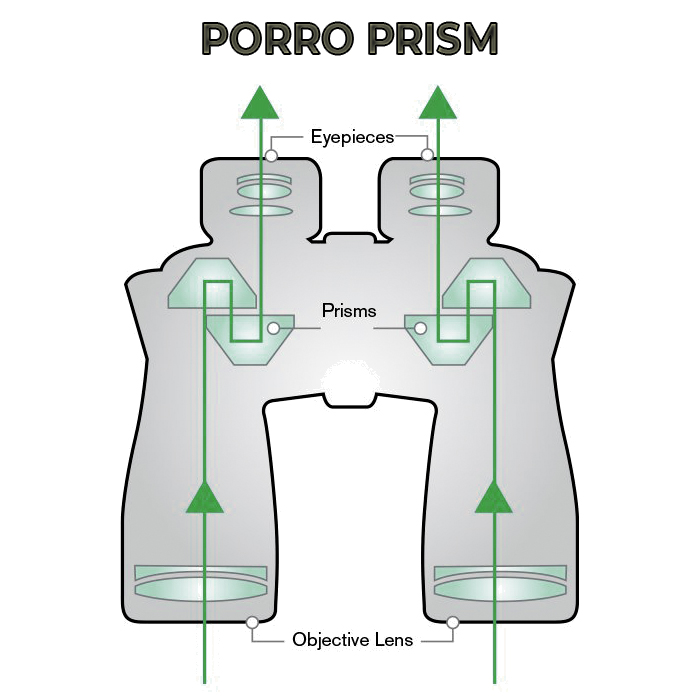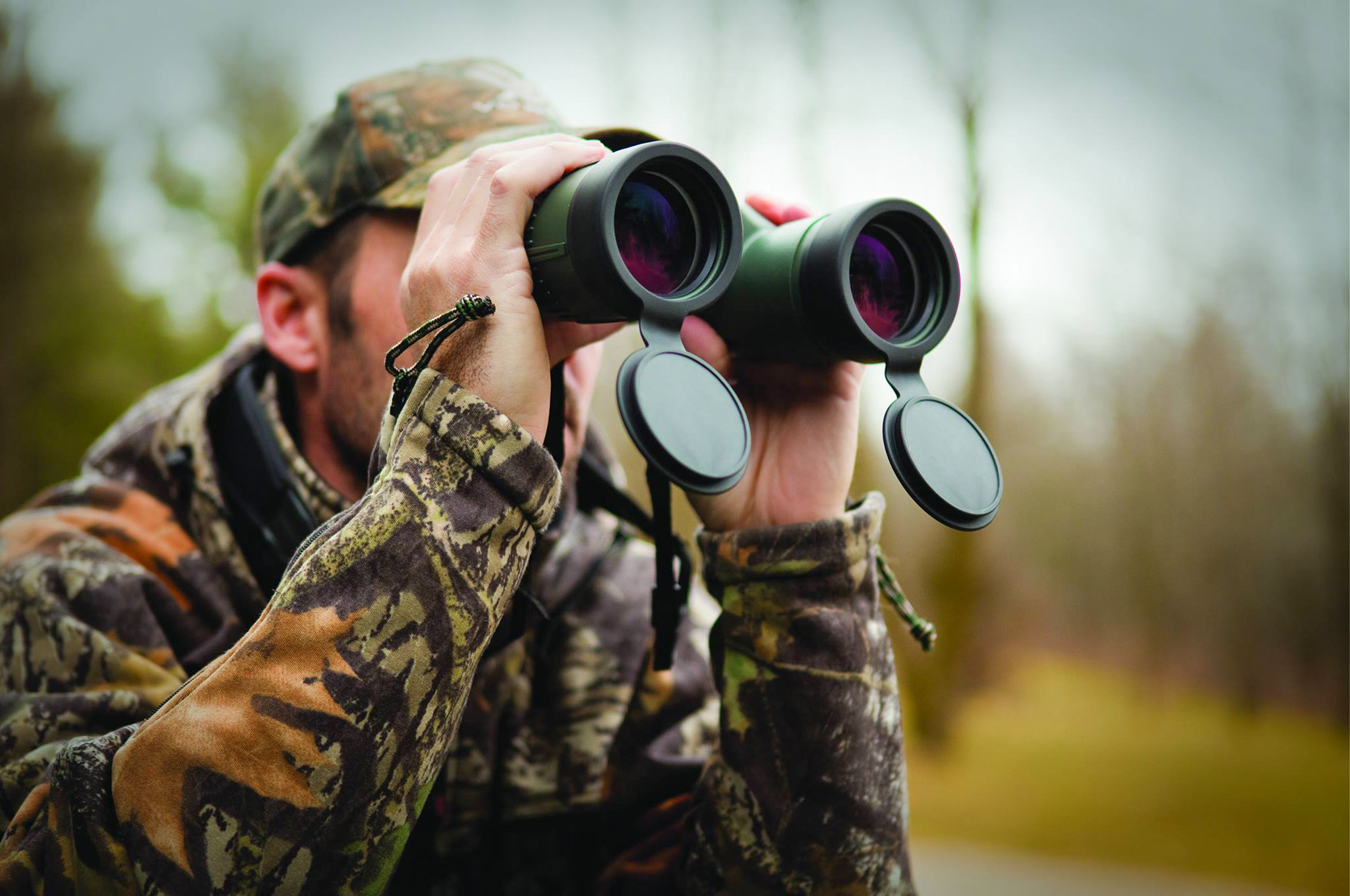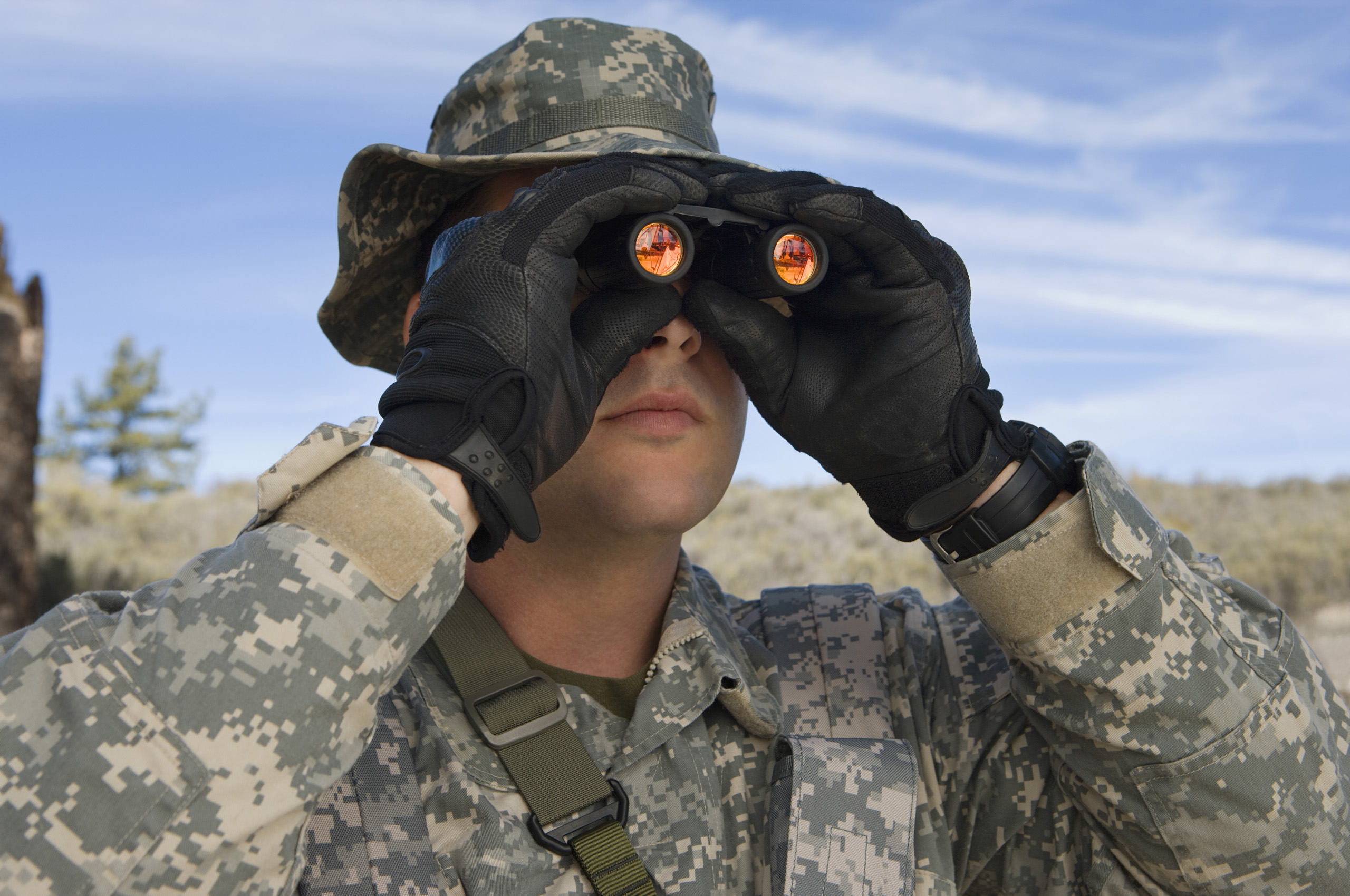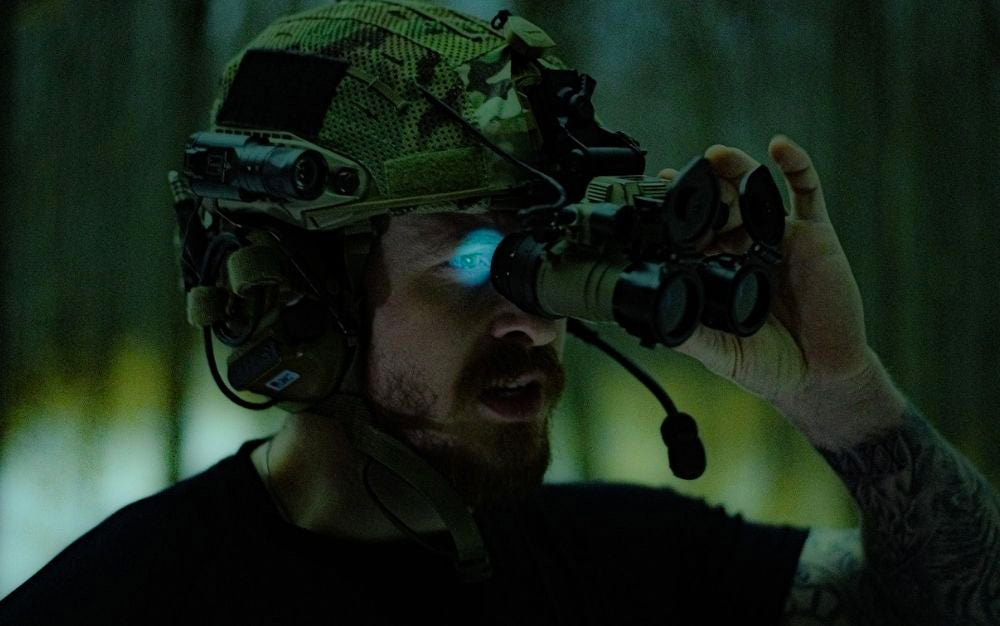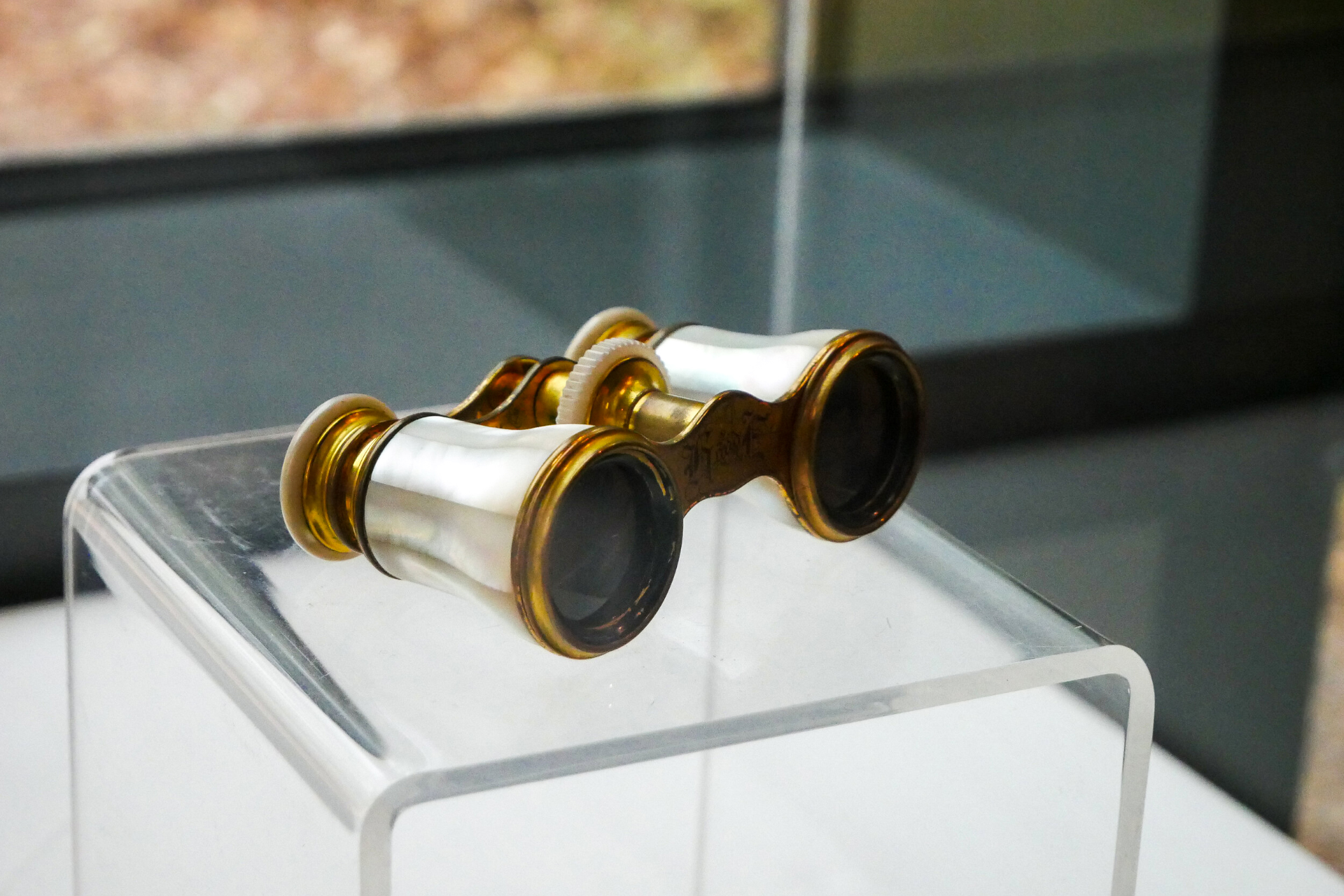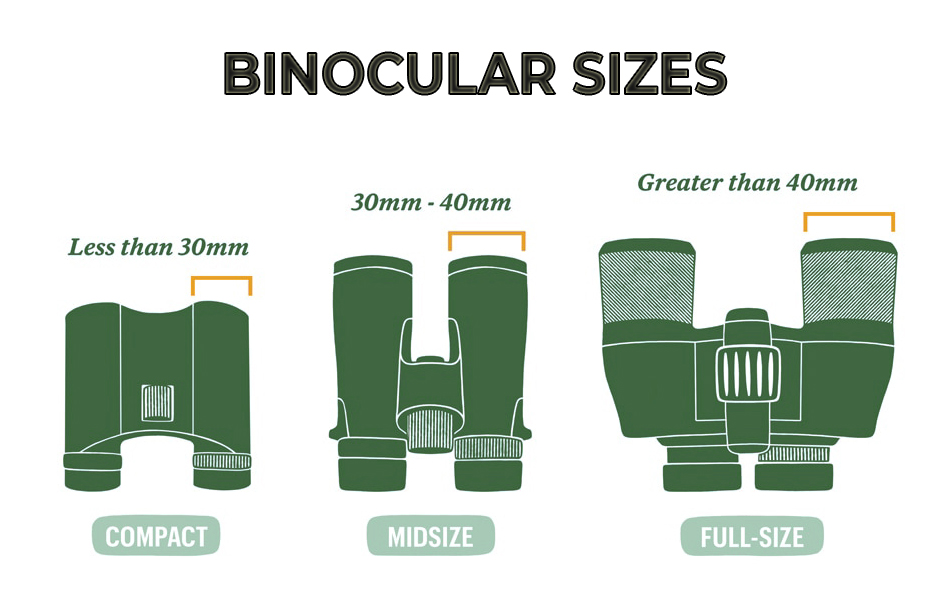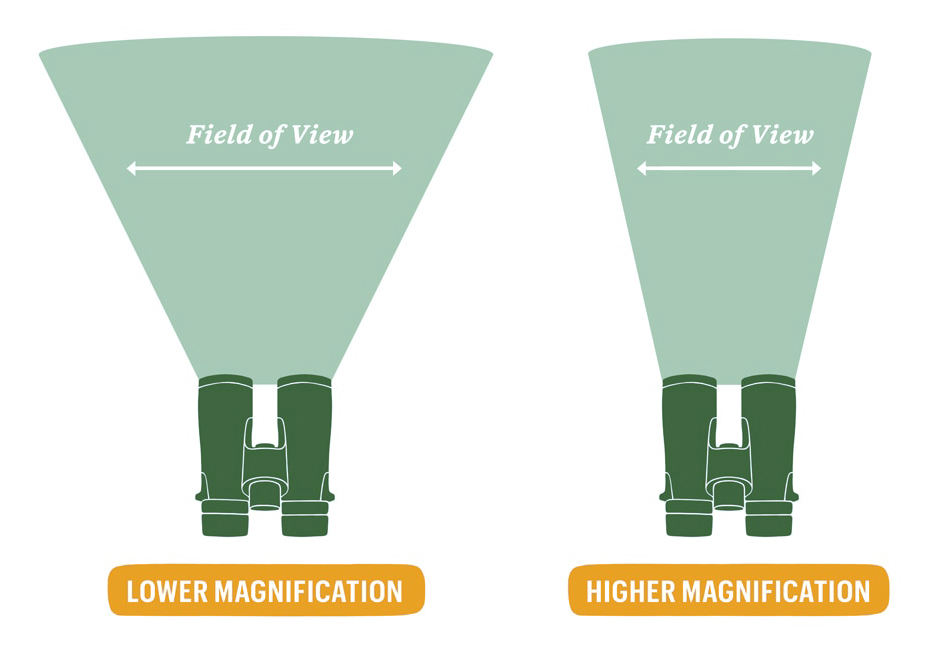Given the purpose of binoculars and the different types used to bring clarity to your target objects, it’s ironic how confusing it can be to select the right pair for yourself.
However, once you understand the types and their uses, it’s not that big of a deal anymore.
You can either walk into a store and talk to someone. Or you could save time by reading what I have collected for you on binoculars.
Contents
Different Types of Binoculars: The Basics
Whether you are getting your first binoculars or looking for a replacement, you need to have researched to make the right decision.
It is vital that you don’t restrict the research to magnification size or strength only.
You will find several different types of binoculars on the market, and making the right decision requires you to know all the features.
If you don’t know or are unsure about anything, worry not. I have covered the most common types of binoculars for hunters for your convenience.
Let’s understand the different types of binoculars in detail!
Galilean vs. Prism Lenses
Galilean and Prism are the two main types of lenses available on the market. Each comes with its own pros and cons, and you must know these to use them to their full potential.
The Galilean lens, which is the first and one of the earliest types of binoculars, is relatively simpler in terms of design and functionality. They offer lower magnification in comparison to Prism lenses.
More importantly, as you increase the magnification on a binocular with a Galilean lens, the field of view (FoV) is reduced.
Prism lenses, on the other hand, are relatively more complex in terms of design and functionality.
This type of binoculars has a prism in between the lenses, which helps avoid field of view (FoV) reduction when the binoculars are magnified.
The main categorization of prism binoculars is between two types: Roof prism and Porro prism.
I will first explain Roof Prism binoculars which are the more advanced or modern among the two.
Roof Prism Binoculars
Roof prism binoculars are more lightweight, straight-tubed, compact, and streamlined compared to the traditional Porro prism binoculars.
If you see them both together, you might think Roof prism binoculars are more simplified than Porro prism.
However, that is not the case at all. Roof prism binoculars give a simplified outside look, but that’s because everything complex is happening inside.
The complex machinery inside helps produce a much brighter image and higher magnification power.
When the light bounces back from your target object, it first enters the objective lenses. From here, it bounces around a series of convoluted pathways.
The final destination is the ocular lenses where it reaches your eyes and produces a much brighter image.
However, with all these benefits and complex machinery comes a high cost. You will have to invest in more to enjoy the benefits as Roof prism binoculars are costly to make.
This type of binoculars is best for wildlife viewing and birdwatching. You can also make use of them at some sporting event.
Porro Prism Binoculars
The other main type of binocular is the Porro prism. This type of binocular is considered the original binocular.
They have been around since the 19th century and continue to be in use today. This was the first modern design of binocular in the industry.
A Porro prism binocular works by transferring light from the objective lenses in a quick horizontal jag through a pair of triangular light catchers, which work interdependently.
This movement from the objective lenses to the light catchers’ inverts and amplifies the light to produce a magnified and sharp image of your target object.
While the zigzag design of a Porro Prism Binoculars makes it a bit heavy and less portable friendly, it does have its benefits.
You would have the bear the heavier and bigger size for a clearer and more three-dimensional image as compared to roof prism binoculars.
More importantly, with a clear image, you also get a larger field of view.
The added benefit of a traditionally simple design and machinery brings down the production cost of Porro Prism Binoculars.
As a result, you can get them at much lower prices as compared to Roof Prism Binoculars.
As for the usage, these types of binoculars are best for sporting events, astronomy, hiking, and even scouting.
Types of Binoculars for Specific Usage
Binoculars do come in a lot of different types and specifications, and that is not without reason. Each type or model is suitable for specific usage and conditions.
For instance, you will need a different pair of binoculars for whale watching, bird watching, or even astronomy.
I have explained in detail the usage of the most common types of binoculars. However, you must not rely on magnification and size only and consider other optics and features as well.
Hunting Binoculars
Binoculars are widely used while on a hunt. Whether that’s exploring the surrounding, evaluating the terrain, or examining your game, binoculars are a favored choice for most hunters.
The usage coverage can be quite broad indeed – from bird watching and hiking to long-range scouting and pathfinding.
Roof prism is the most widely used type of binoculars for hunting. The reason for that is that these types of binoculars usually provide a brighter image.
Hunting binoculars are designed with lower magnification power. That’s because higher magnifications generally reduce the field of view.
On the other hand, you need a steady and stable image to watch for animals and the environment.
Another important factor for hunting binoculars is the objective lens size. You need binoculars with a 42mm (or near) objective to have both slightly wider FoV and a good low-light display.
You’ll be out in the wild in different weather conditions and seasons. So it makes sense to look for completely waterproof and fog proof binoculars as well.
Finally, consider a more lightweight pair of binoculars (considering their size) with high-quality optics as you’ll probably move a lot in the field.
Marine Binoculars
The next in line are Marine binoculars which you can take around and even inside water.
They are designed to be waterproof and fog proof in order to take full benefit from them on the surface and under the waves.
These types of binoculars come with a wider objective and ocular lens and lower magnification numbers.
This is mainly because higher magnification does not work well on a moving or shaky boat.
Imagine you have high magnification binoculars with a reduced FoV on a moving boat. The image will be just shaky and unclear.
As a result, greater FoV and low to moderate magnification are found on Marine binoculars to work best in the given conditions.
You can use them for whale watching to diving, ship-gazing, and even snorkeling.
Astronomy Binoculars
Whether you are an amateur astronomer or a routine stargazer, the astronomy binoculars are made for you.
While telescopes work pretty well for astronomy, a pair of astronomy binoculars come in handy when you can’t access a telescope.
For instance, astronomy binoculars work best when you are out camping trying to catch a meteor shower.
Taking a telescope can be a hassle. More importantly, an astronomy binocular does not let you miss the fast-moving meteors which a telescope can easily miss.
Make sure to invest in a solid pair, and you will be good to go.
However, you will be faced with a wide variety of astronomy binoculars themselves. As a result, make sure you study all before making the decision.
You can find some that are portable enough to fit in your pocket for quick viewing. Then there are those which are big enough to require a tripod mount to be properly used.
Night-Vision Binoculars
If you get a standard pair of binoculars without night-vision but actually have to use it in the nighttime, you are in trouble.
Night vision binoculars are specifically designed to assist binocular optics electronically. This enables it to amplify the little amount of available light.
The whole process allows you to see a reasonable image of the surrounding for you to navigate in the dark.
These types of binoculars are best used in all kinds of low-light situations, such as nighttime wildlife observation, hunting, surveillance, exploration, and spelunking.
However, it is important to remember that night vision binoculars do not produce the sharpest images.
While they do make good use of the little amount of light, the image quality is just good enough to help you get an idea of what’s out there.
Moreover, they can sometimes be a bit heavy on the wallet due to cost.
Opera Glasses
Opera glasses do sound a bit odd when we think or talk about binoculars. However, they have been around for as long as modern binoculars.
In fact, these are the most stylish set out of all the different types.
The primary use of this type of binoculars is to watch opera, musical, and even theater performances.
They are specifically designed to help you catch all the nuances of musicians and actors that they put in their performances.
You won’t find a pair of this type with high magnification powers. In most cases, the highest it can offer is 4x.
However, this is more than enough for what they are supposed to do; catch the subtle movements in performances. More importantly, low powers allow them to be easy on your eyes.
As a result, you can use them for long hours with causing minimum fatigue to the eyes.
Additional Binoculars Specification
Apart from the technical stuff, some additional binocular specifications can also impact your final purchasing decision.
It is always recommended to consider the more important stuff before deciding the rest of the specifications. However, based on your conditions, these can also play a vital role:
Folding Binoculars
If you have issues with portability, this feature can come in handy. Many binoculars come with a folding feature, allowing you to carry them easily.
If you have enough space, then spending some extra on a folding binocular is not necessary. However, it is a great feature to invest a small amount in if you have limited storage space.
Wide-Angle Binoculars
In easier terms, you can see more side to side with a wind angle binocular as compared to a regular binocular.
If you want to get into the technical, then a wide angular binocular is that which has a greater angular field of view than the result of dividing the magnification into 65.
High-Power Binoculars
You need high-power binoculars with higher magnification if you wish to see objects at a significant distance from your point of view.
This is a vital feature to consider as you need to have the right power to get a good image of your target object.
Focus-Free Binoculars
Some binoculars come with a fixed power or focus. These are easy to use as their magnification cannot be adjusted. You cannot zoom in or out from the set magnification.
Tripod-Mounting Binoculars
If you are going to be spending hours out in the field spying on the target or if you are an astronomer waiting for hours for the right view, you need tripod-mounting binoculars.
These binoculars allow you to have a still view as they are mounted on a fixed tripod.
Waterproof
While Marine binoculars tend to be waterproof, you can also find waterproofing in other types of binoculars.
If your area of use has a lot of rain or water bodies around, this can be a good feature to have.

Hi, my name is Michael Goodman. As a skilled hunter and a man of the field, I will show you some sophisticated, intelligent, and useful hunting methods and techniques.

